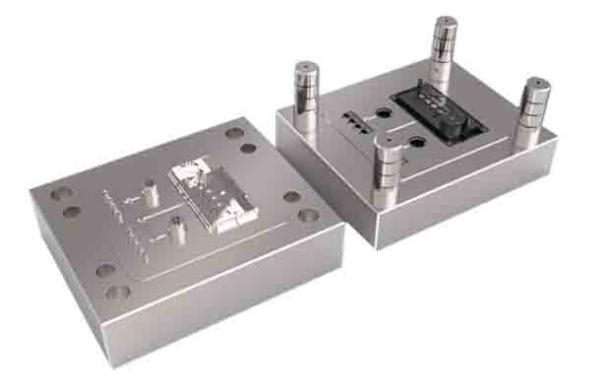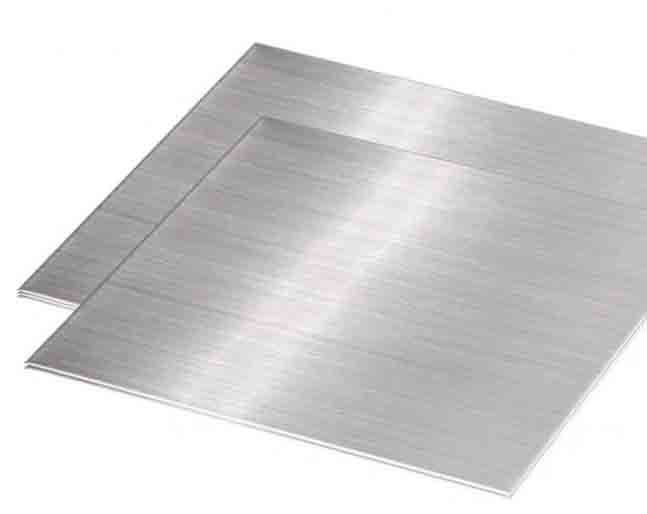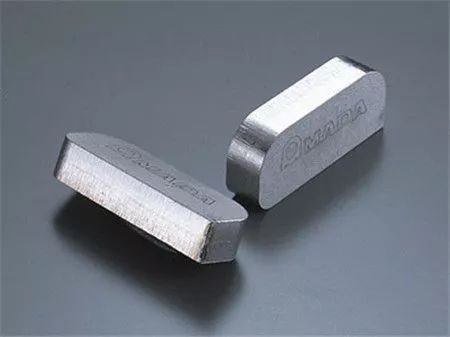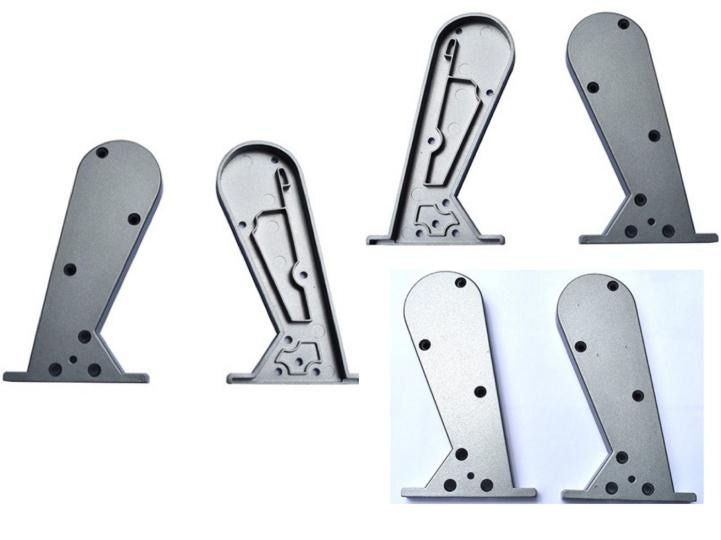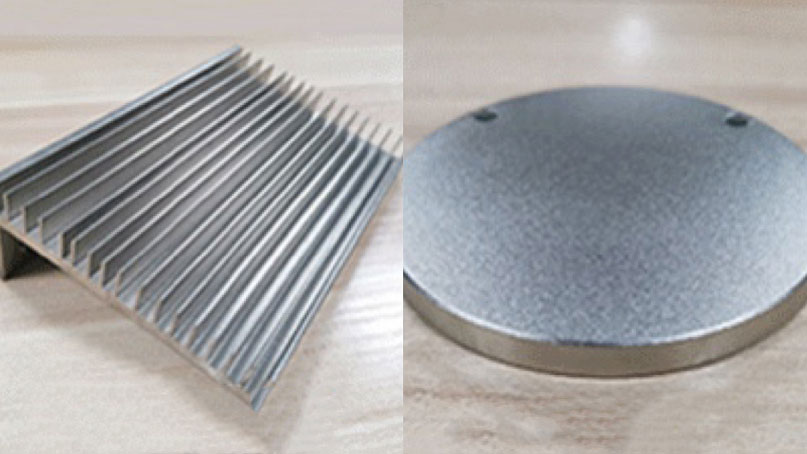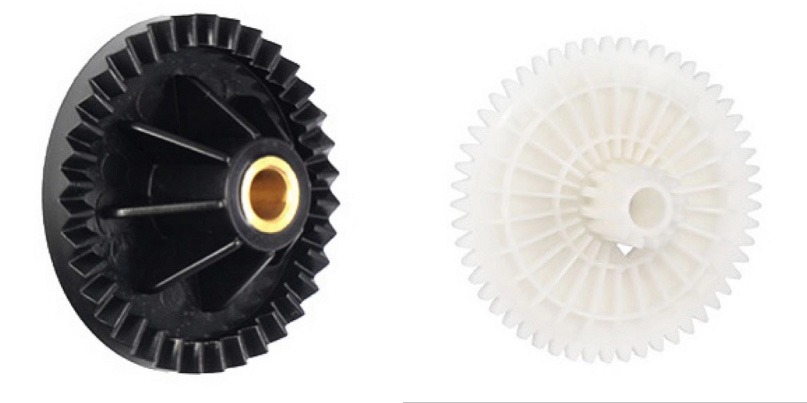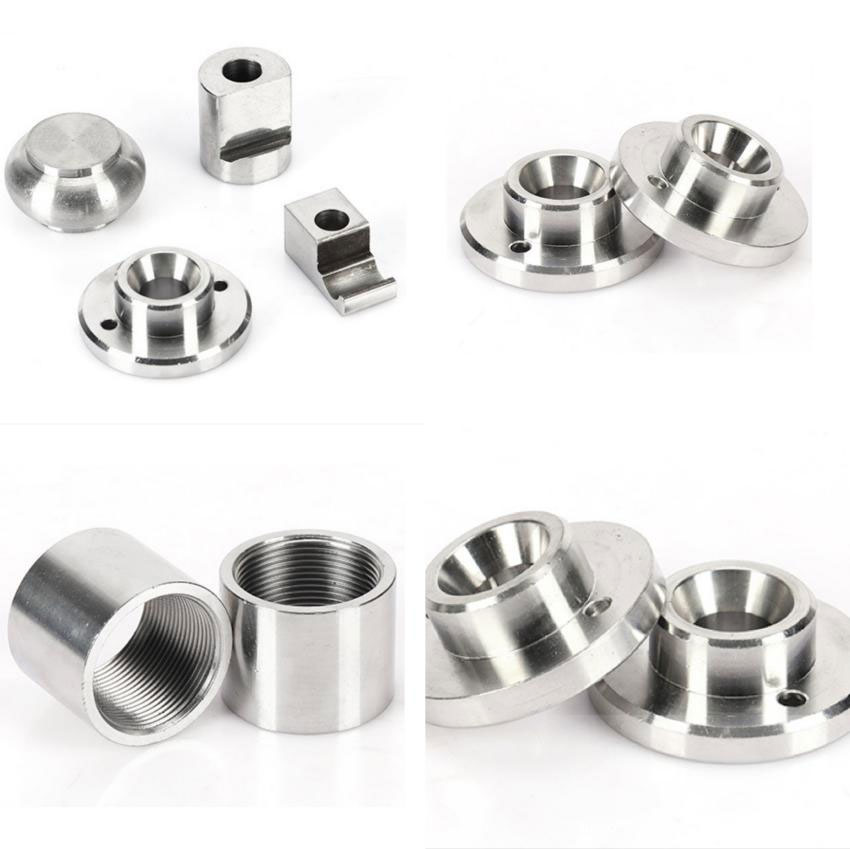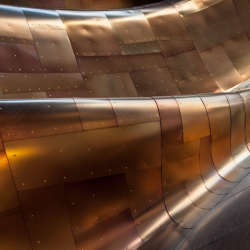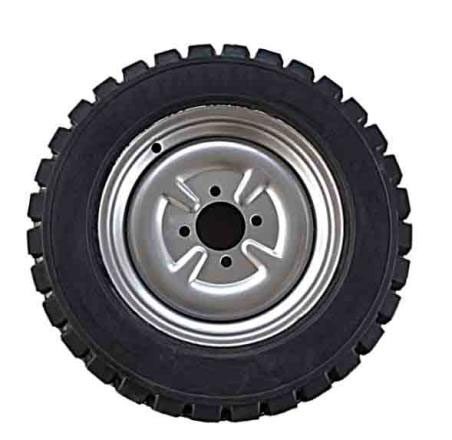At present, the anodizing industry of plastics has achieved its large-scale development in Surface Finishing Industry, and the anodizing processing technology of plastic products has also been continuously improved. Judging from the development in recent years, the anodizing process of plastic products can not only improve its decorative effect, but also better play the characteristics of plastic itself. Therefore, Anodizing plastic products are more and more popular. Unanimously welcome.
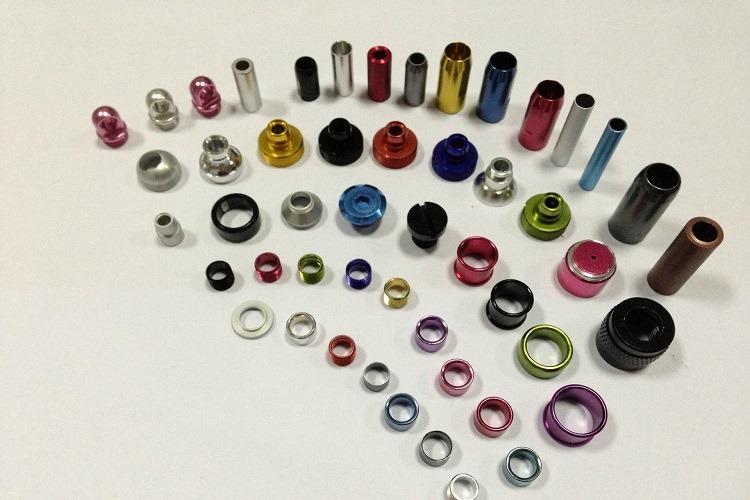
Two Main Types of Anodizing Methods
Generally speaking, the processing technology we commonly use now can be divided into two types: water Anodizing and vacuum ion plating.
- Water Anodizing
The first type of water Anodizing is generally suitable for ABS material and ABS+PC material products. Its main process is to put the products to be Anodized into the electroless plating solution for Anodizing. Then we make different colors according to the different needs of customers.
- Vacuum Ion Anodizing
The other is the vacuum ion plating process, which has a wide range of applications and a complex process flow. However, the difference between these two Anodizing processes is that water Anodizing is relatively simple, and the requirements from equipment to environment are not as harsh as vacuum ion plating, which is also widely used by us. The temperature of vacuum Anodizing can be as high as 200 ℃. Like some PC materials used in tuyere and tuyere rings, these parts are required to withstand high temperatures of 130 ℃. In this way, the surface of the finished product is shiny and resistant to high temperature. , while ensuring adhesion.

The Factors Might Affect Anodizing
There are many factors that affect the quality of anodizing in actual production. For example, improper selection of plastic parts, unreasonable mold design, and incorrect selection of molding process will all be the reasons for poor quality. At the same time, we have to make it clear that there are many types of plastics, but not all materials can be used for Anodizing. But for now, the most used for Anodizing is ABS, followed by PP. In addition, there are also successful Anodizing methods such as PSF and RTFE, but they are difficult and should be paid attention to when using them.
Not all anodizing products can be anodized, so this requires us to pretreat the plastic surface before anodizing, remove oil and impurities on the plastic surface to keep it clean, and then deposit a conductive metal film as a cathode.
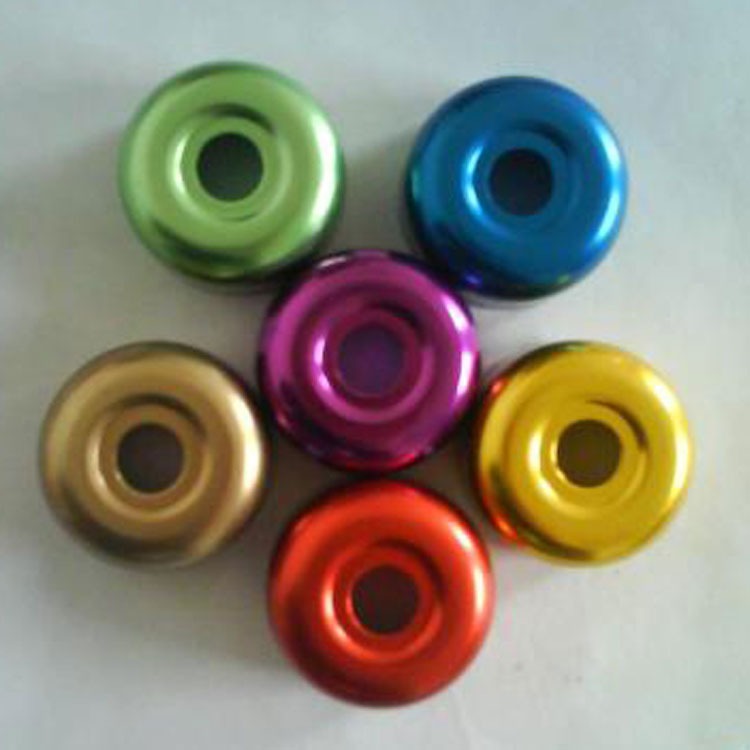
At the same time, we should pay attention to the following points:
- First, completely avoid the appearance of blind holes. Because this will cause contamination in the next process, thereby affecting the quality of Anodizing.
- Second, we should minimize grooves and protrusions on plastic parts. Because the deep concave parts are easy to be exposed during anodizing, and the protruding parts are easy to be scorched. The depth of the groove should not exceed 1/3 of the width of the groove, and the bottom should be round. When there is a grille, the width of the hole should be equal to the width of the beam and less than 1/2 of the thickness.
- Third, when the product needs to be knurled, the knurling direction should be consistent with the demolding direction and in a straight line. The distance between the knurled stripes and the stripes should be as large as possible. This is what we should pay particular attention to.
- Fourth, when designing the gate, it should be selected at the thickest part of the part. This is because the gate should be as large as possible, preferably with a gate and runner with a circular cross-section, and the length of the runner should be shorter.
What are the steps of anodizing?
- First, we can apply a polymer coating containing a catalyst for electroless plating on the surface of the plastic to be anodized, and then dry to form a polymer coating containing a catalyst. Among the coating methods, we can choose spraying, brushing and dipping.
- Secondly, for the polymer activation treatment on the plastic surface, we can take the polymer coating containing PDSO4 and other metal salts, and then use the NAH2PO2 solution for reduction treatment after drying, so as to have the catalytic effect of electroless plating.
- Third, spray coating on the product. Metal ions suitable for sputtering include CU2+, Ag+, etc. They are attached to the surface of the polymer coating film in a mixed state and sprayed on the coated polymer surface. After spraying the metal salt solution and the reducing agent solution on the polymer coating film containing the non-conductive catalyst, the electroless plating reaction of reducing the metal salt occurs immediately, and the base of the conductive metal layer for anodizing is formed.
- Fourth, we perform anodizing on the conductive metal layer formed by electroless plating to form an Anodizing layer that meets practical requirements.
How’s Anodizing Changing Our Future?
Anodizing craft supplies for plastic products are of high quality and low prices and are very popular. In the future, we can directly develop plastics that directly catalyze electroless plating, so that we can save the pretreatment process of metallization, and it has been successful. In addition, conductive particles are dispersed in plastic with polypropylene as the carrier, and nickel is directly Anodized with a small current at low voltage, and a continuous coating has been obtained.


